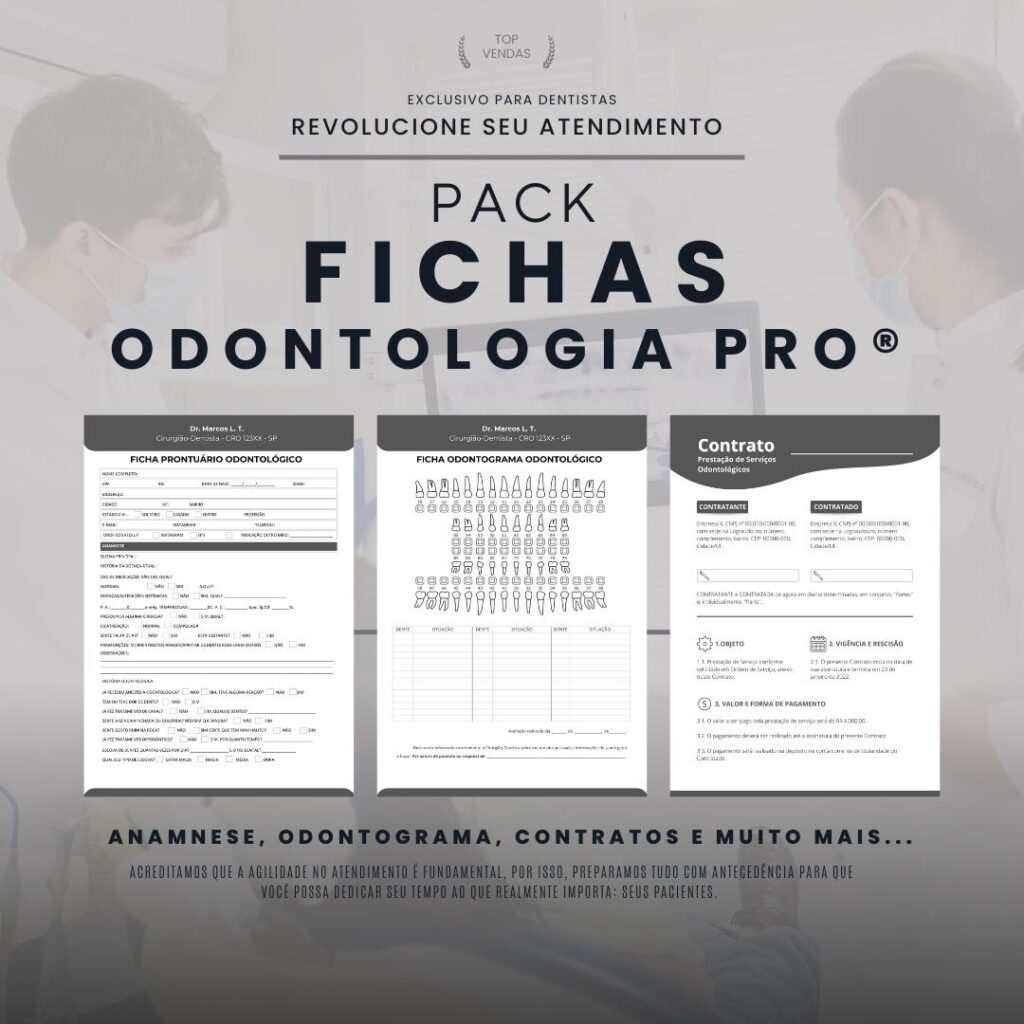What is Digital Ventilation in Dental Procedures?
Digital ventilation in dental procedures is an innovative technique that uses digital technology to improve the accuracy and efficiency of dental treatments. This revolutionary approach combines the use of digital devices, such as intraoral scanners and 3D printers, with advanced software to plan and execute dental procedures in a more precise and personalized way.
How does Digital Ventilation work?
Digital ventilation begins with capturing digital images of the patient’s mouth using an intraoral scanner. These scanners are small devices that use structured light technology to create accurate 3D models of the teeth and soft tissues. These images are then transferred to specialized software, where the dentist can view and analyze the patient’s oral condition in detail.
Based on these digital images, the dentist can plan the treatment in a precise and personalized way. The software allows the professional to simulate different treatment options, such as placing dental implants, performing dental restorations or correcting occlusion problems. The dentist can virtually adjust these options until finding the best solution for the patient.
What are the benefits of Digital Ventilation?
Digital ventilation offers a number of benefits to both dentists and patients. One of the main benefits is the accuracy of planning and executing procedures. With digital ventilation, the dentist can visualize the patient's mouth in detail and plan the treatment more accurately, avoiding errors and rework.
Furthermore, digital ventilation allows for greater personalization of treatments. Based on digital images, the dentist can simulate different treatment options and choose the best one for each patient. This results in more aesthetic and functional results, meeting the individual needs and expectations of each person.
Digital ventilation also speeds up the treatment process. Using 3D printers, it is possible to manufacture dentures and other devices directly from digital models, eliminating the need for traditional molding and reducing the waiting time for the devices to be manufactured.
What are the applications of Digital Ventilation in Dental Procedures?
Digital ventilation has a wide range of applications in dental procedures. One of the main applications is in the placement of dental implants. With digital ventilation, the dentist can plan the ideal position of the implants based on the digital images, ensuring accurate placement and minimizing the risk of complications.
In addition, digital ventilation is also used in the manufacture of dental restorations, such as crowns and veneers. Based on digital images, the dentist can design and manufacture these restorations in a personalized way, ensuring a perfect fit and superior aesthetic results.
Digital ventilation is also used in planning orthodontic treatments. With digital images, the dentist can simulate the movement of the teeth and plan the correct alignment, allowing for more efficient and precise treatment.
What are the advantages of Digital Ventilation in Dental Procedures?
Digital ventilation offers a number of advantages over traditional methods of planning and performing dental procedures. One of the main advantages is accuracy. With digital ventilation, the dentist can visualize the patient’s mouth in detail and plan the treatment more accurately, avoiding errors and rework.
Furthermore, digital ventilation allows for greater personalization of treatments. Based on digital images, the dentist can simulate different treatment options and choose the best one for each patient. This results in more aesthetic and functional results, meeting the individual needs and expectations of each person.
Digital ventilation also speeds up the treatment process. Using 3D printers, it is possible to manufacture dentures and other devices directly from digital models, eliminating the need for traditional molding and reducing the waiting time for the devices to be manufactured.
Conclusion
Digital ventilation in dental procedures is an innovative technique that uses digital technology to improve the accuracy and efficiency of dental treatments. Using intraoral scanners and advanced software, dentists can plan and perform procedures in a more precise and personalized way. This approach offers a number of benefits, such as greater accuracy, personalized treatments and agility in the treatment process. Digital ventilation has applications in several areas of dentistry, such as the placement of dental implants, the creation of dental restorations and the planning of orthodontic treatments. In short, digital ventilation is a powerful tool that is revolutionizing dentistry, providing superior results and greater patient satisfaction.


